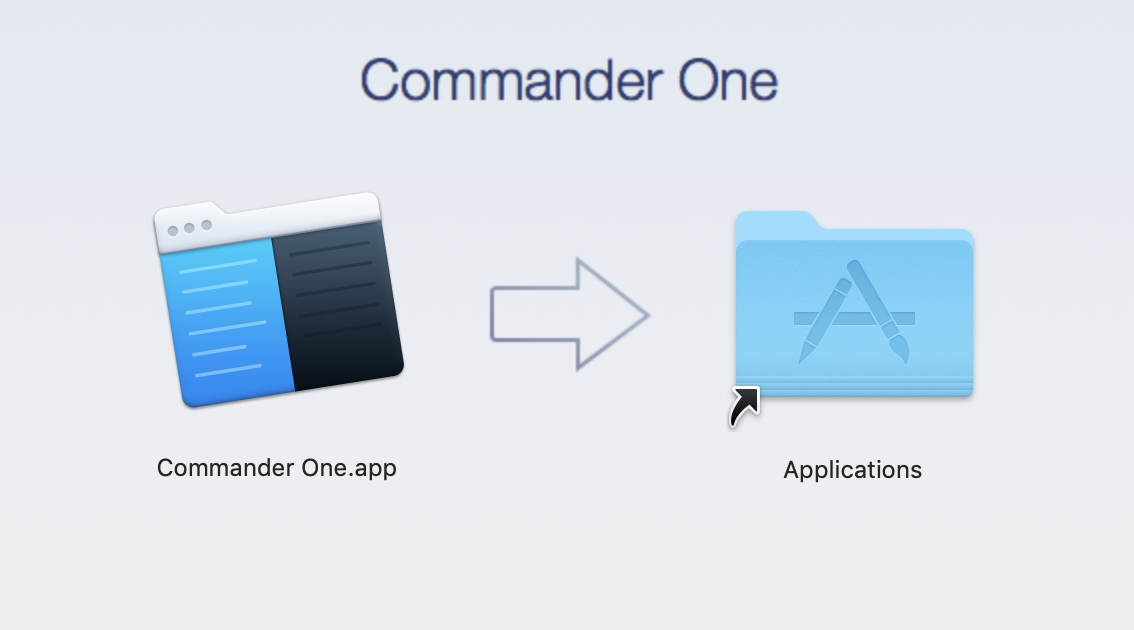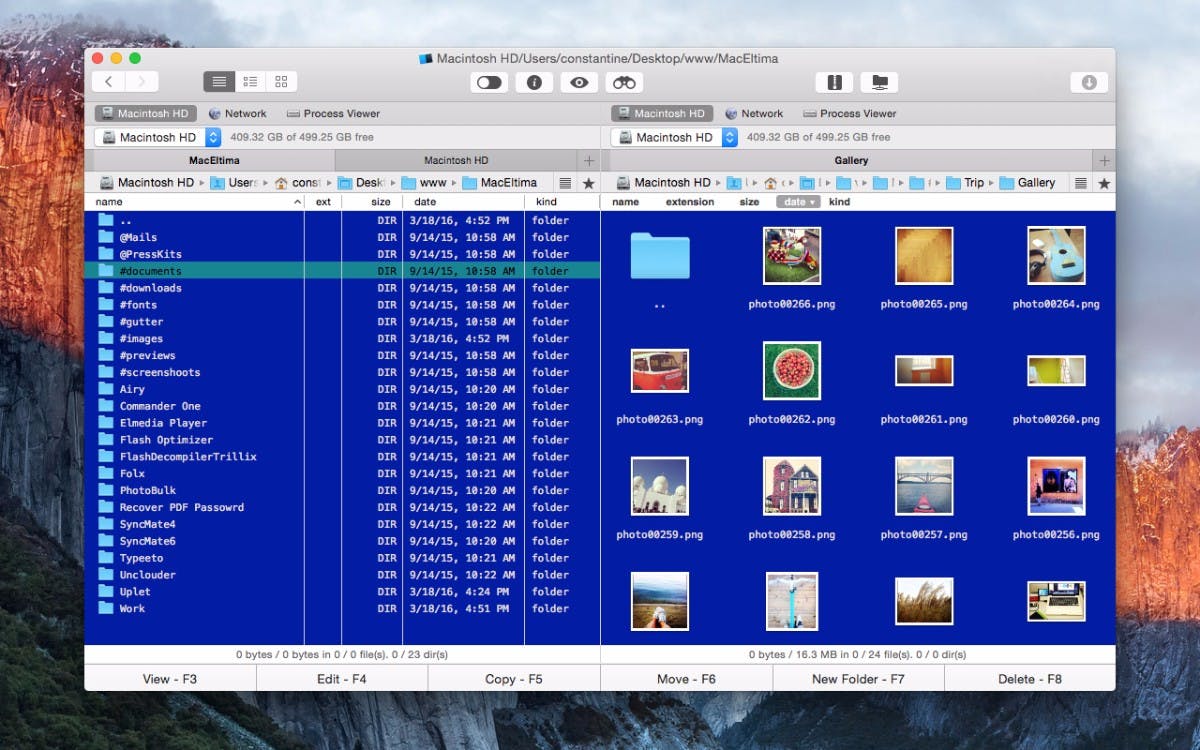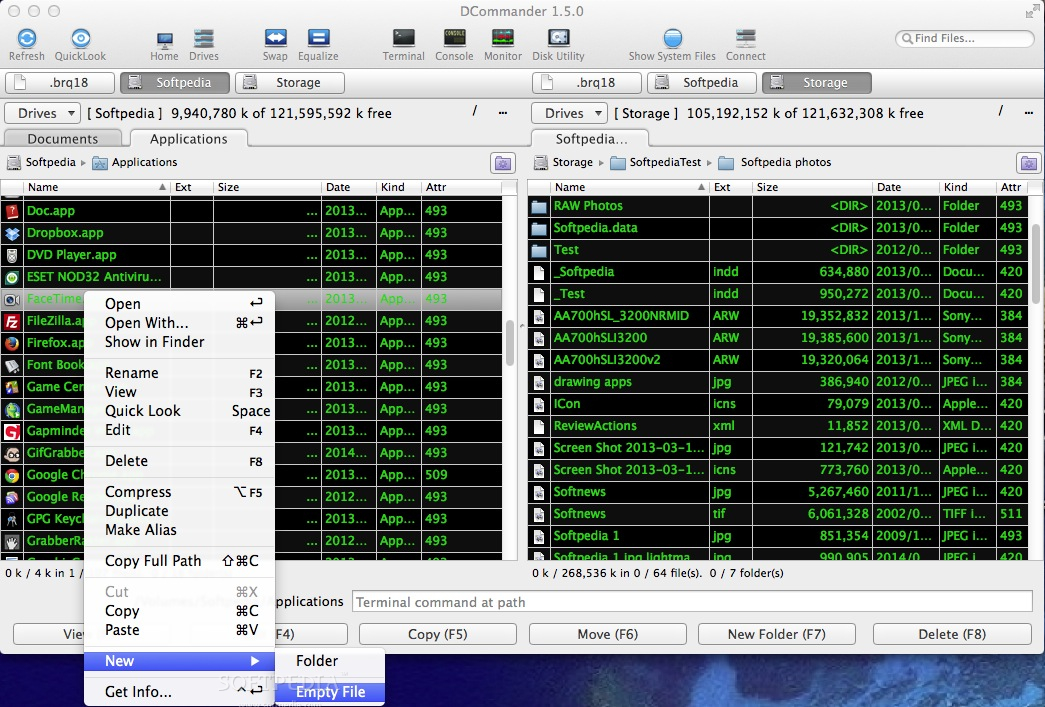

RAN chaplains who are in divisions 1, 2 or 3 (of five divisions) have the equivalent rank standing of commanders. The rank of commander in the Royal Australian Navy (RAN) is identical in description to that of a commander in the British Royal Navy. In the Royal Netherlands Air Force, however, this rank is known by the English spelling of commodore which is the Dutch equivalent of the British air commodore. The Dutch use of the title as a rank lives on in the Royal Netherlands Navy, as the equivalent of commodore. In the fleet of the Admiralty of Zealand however, commandeur was a formal rank, the equivalent of Schout-bij-nacht (rear-admiral) in the other Dutch admiralties.

This included ad hoc fleet commanders and acting captains ( Luitenant-Commandeur). In the navy of the Dutch Republic, anyone who commanded a ship or a fleet without having an appropriate rank to do so, could be called a Commandeur. Various functions of commanding officers were also styled commandeur. In the 20th and 21st centuries, the rank has been assigned the NATO rank code of OF-4. A corresponding rank in some navies is frigate captain. The equivalent American rank master commandant remained in use until changed to commander in 1838. The Royal Navy shortened "master and commander" to "commander" in 1794 however, the term "master and commander" remained (unofficially) in common parlance for several years. In practice, these were usually unrated sloops-of-war of no more than 20 guns. The title, originally "master and commander," originated in the 18th century to describe naval officers who commanded ships of war too large to be commanded by a lieutenant but too small to warrant the assignment of a post-captain and (before about 1770) a sailing-master the commanding officer served as his own Master.

This article needs additional citations for verification.


 0 kommentar(er)
0 kommentar(er)
